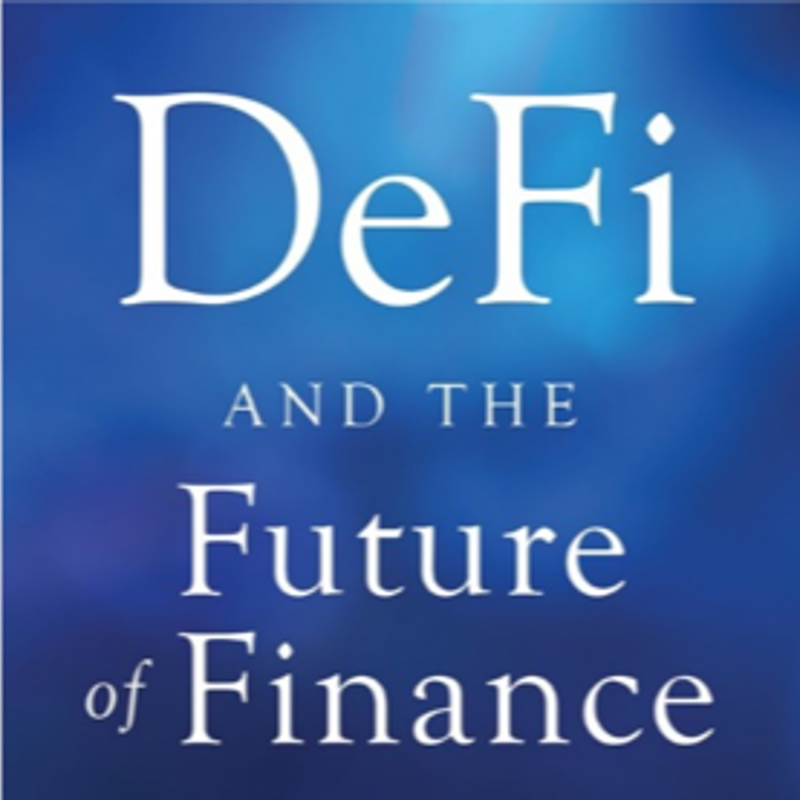Course overview
- Provider
- Coursera
- Course type
- Free online course
- Level
- Mixed
- Deadline
- Flexible
- Duration
- 17 hours
- Certificate
- Paid Certificate Available
- Course author
- Larry DeBrock
Description
All goods and services are subject to scarcity at some level, which requires that society develop some allocation mechanism to determine who gets what. Over recorded history, these allocation rules were usually command based, meaning that the king or the emperor would decide. In contemporary times, most countries have turned to market-based allocation systems. In markets, prices act as rationing devices, encouraging or discouraging production and encouraging or discouraging consumption to find an equilibrium allocation of resources. To understand this process, businesses construct demand curves to capture consumer behavior and consider supply curves to capture producer behavior. The resulting equilibrium price “rations” the scarce commodity.You will be able to:
• Describe consumer behavior as captured by the demand curve and producer behavior as captured by the supply curve
• Define equilibrium and explain the impact of taxes and price controls on market equilibrium
• Explain elasticity of demand
• Describe cost theory and how firms optimize given the constraints of their own costs and an exogenously given price
This course is part of Gies College of Business’ suite of online programs, including the iMBA and iMSM. Learn more about admission into these programs and explore how your Coursera work can be leveraged if accepted into a degree program at https://degrees.giesbusiness.illinois.edu/idegrees/.




